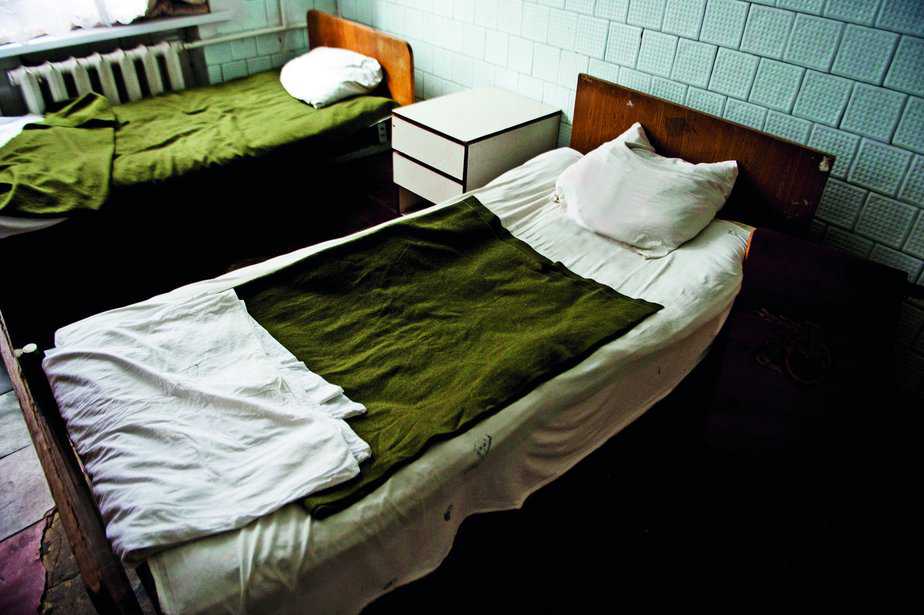The Supreme Court of India has legalised ‘passive euthanasia’, ruling that a person cannot be allowed to continue suffering in a comatose state when he or she doesn’t wish to live. A story of a mother who embraced death to make sense of her life
There are situations when life becomes burdensome and death seems to be the only way out. An independent-minded individual, it can be argued, should be able to make his and her own decisions, good or bad, in life, and also when to end the life. To end life is not an easy decision. Euthanasia is an option when hope is the biggest causalty of an ailment; when life, as it exists, promises to get worse in times to come, is painful, dependent and burdensome to self and others — family and friends.
Recently, the Supreme Court of India in a historic judgement legalised passive euthanasia—that is when the medical professionals either don’t do something necessary or stop doing something to keep the patient alive. The ‘living will’ should be permitted since a person cannot be allowed to continue suffering in a comatose state when he or she doesn’t wish to live, the apex court observed and quoted Mahatma Gandhi to substantiate the judgement, “Just as a surgeon … practises the purest ahimsa when he wields his knife, one may find it necessary, under certain imperative circumstances, to go a step further and sever life from the body in the interest of the sufferer.”
There’s a moral dilemma with passive euthanasia; that the person will not be in position to take the final call when the final call has to be taken, for in most cases the person would either be unconscious or in coma. It’s peculiar situation, and is different from active euthanasia, it’s an outcome of a considered act, like by administering an overdose of pain-killers. Here’s one such case, which will help understand the situation better, when life is a misery and death is a panacea.
M, is 26 years old, a French speaking girl from Belgium, residing in Delhi temporarily. In November 2016, her mother was afflicted with an insufferable condition with little hope of a life of dignity. So, she opted for active euthanasia in consultation with her family.
M’s closely knit family of four included her parents and an elder brother she’s very close to. Mother was and still is her source of strength. M understands very well that her conscientious mother, fiercely independent, bedridden, doesn’t want to be reduced to a burden on her family.
It was an anxious phase when M’s mother was making up her mind. Her mother took a while, few weeks, but after she had made her decision, a week before she bid adieu, she remained calm and composed. She was talkative, almost jovial. The family wanted to give her all the happiness possible in this last week of her mortal presence. They planned a surprise in-house party, decorated the house, cooked cakes and delicacies of Mother’s liking, Mother was thrilled, and participated enthusiastically, even danced a few steps standing by her bed. Those were memorable moments for the family that M recounts fondly.
When the day came, she was taken to a hospital in Brussels. In a big empty room, she was lying sideways on a solitary bed, her back turned towards her family, her past, as she stared out of an open window that allowed morning sunlight to fill the room. The family was anxious. Some greetings were exchanged, like dropping a friend off at the airport. M was talking to her mother anticipating what she’d be experiencing in these final moments of her life, however, her mother made no demonstration of her emotions. She lay quiet and composed.
The first injection put her to sleep, and the second to eternal sleep. It was as if death came disguised as slumber. Grip of life eased off from her mortal being. Father and brother left the room, M didn’t. She was alone with her mother. She lay next to her, hugging her mother from behind, feeling the fading warmth of her body. She was talking to her. She said things that she wanted to but hadn’t before. Things important and mundane. About love and loss. About life and death. M held her mother close. This end, M was convinced, is a new beginning.
“It was important to spend time with my mother,” says M, “she was listening to me,” recounting those final moments, when she was there and, then, no more. M erupts into tears. It is an outburst that she contains immediately. These tears are not testimony of the end of the life of her mother who preferred death to a depleted life, but reinforcement of the fact that she’s with M, still there, present, communicates with her from beyond the dark horizon of death. She exercised her freedom in life and death.
Life and death are two mysteries that remain unresolved, despite various philosophies, religion and even science failing to make complete sense of it. There are many interpretations of death or life after death, none of them can be proved or disproved. Perhaps, the right to die is integral to the right to live But, euthanasia remains a matter of unresolved debate all over the world.
It’s based on a simple philosophy: Live in peace and go in peace.





